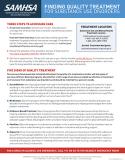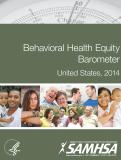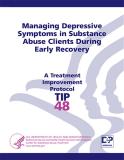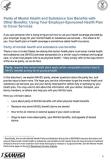
This fact sheet serves as a guide for individuals seeking behavioral health treatment. It provides three necessary steps to complete prior to utilizing a treatment center and the five signs of a quality treatment center, which include a review of the accreditation, medication, evidence-based practices, position on the role of families, and support networks.
Units per Product
Download
Finding Quality Treatment for Substance Use Disorders
File Type: PDF
File Size: 481 KB







